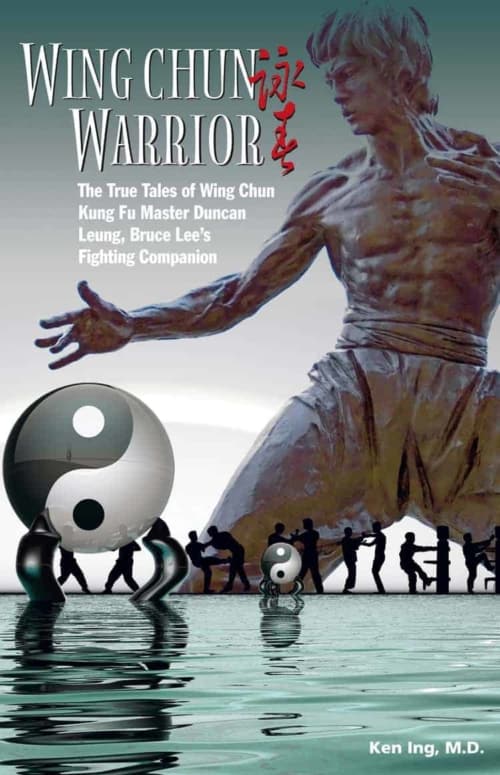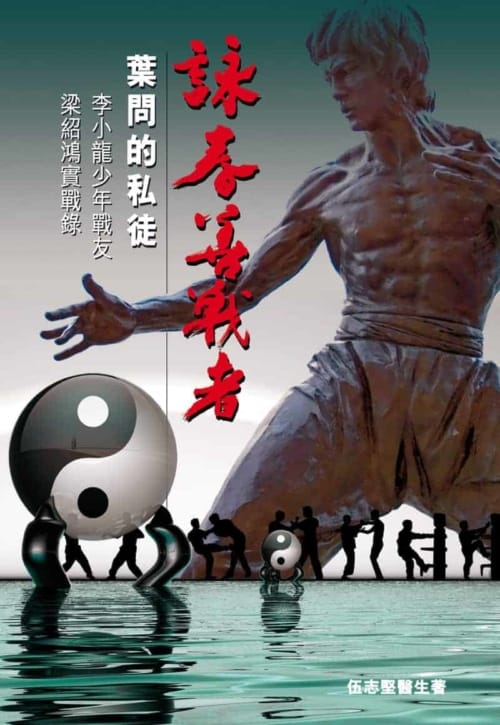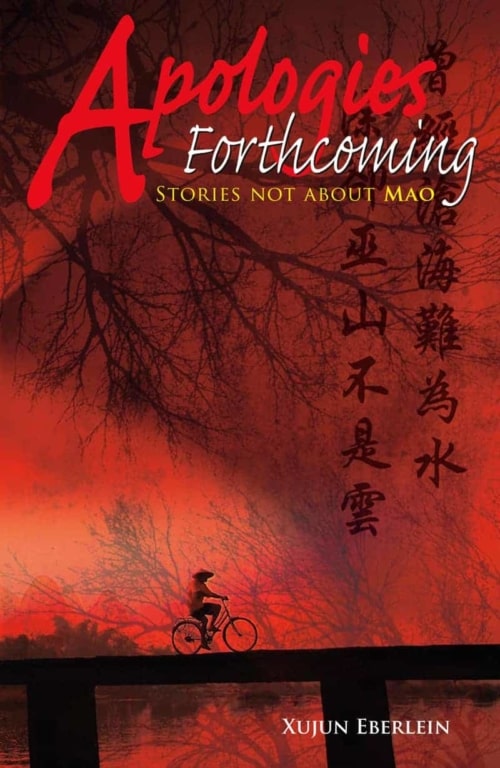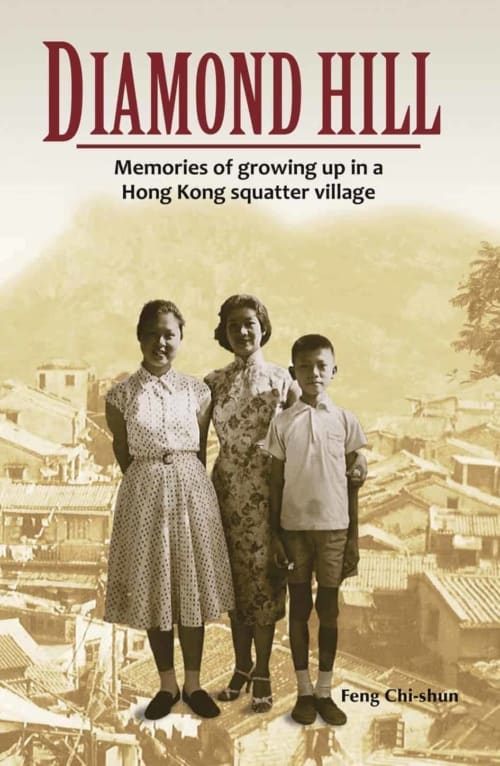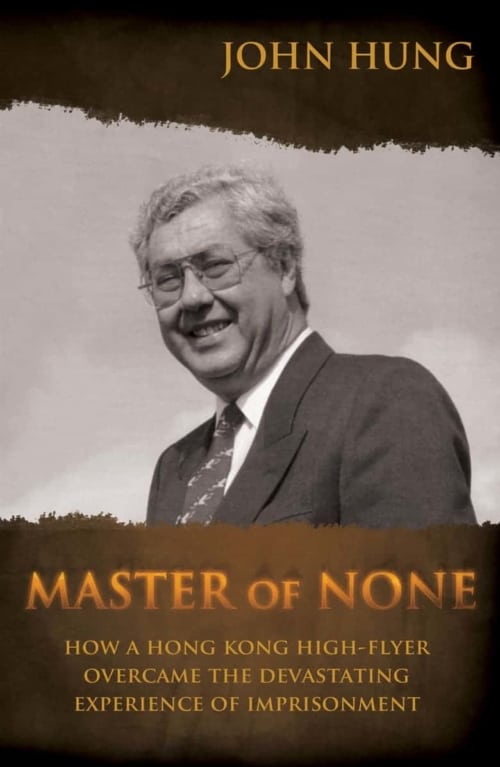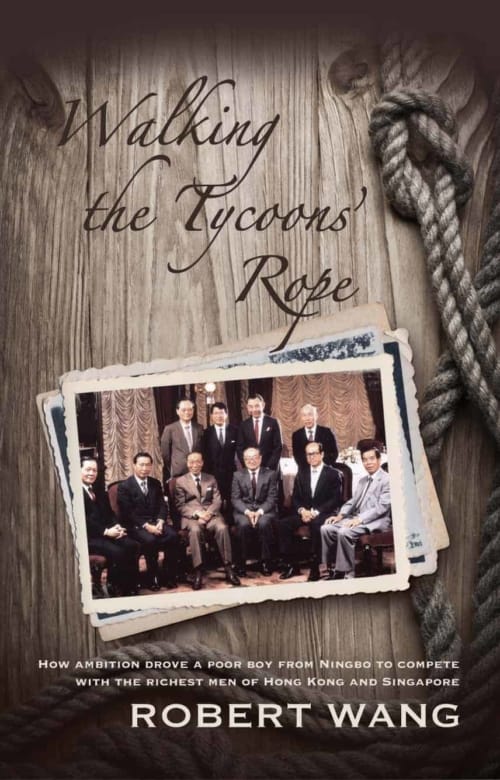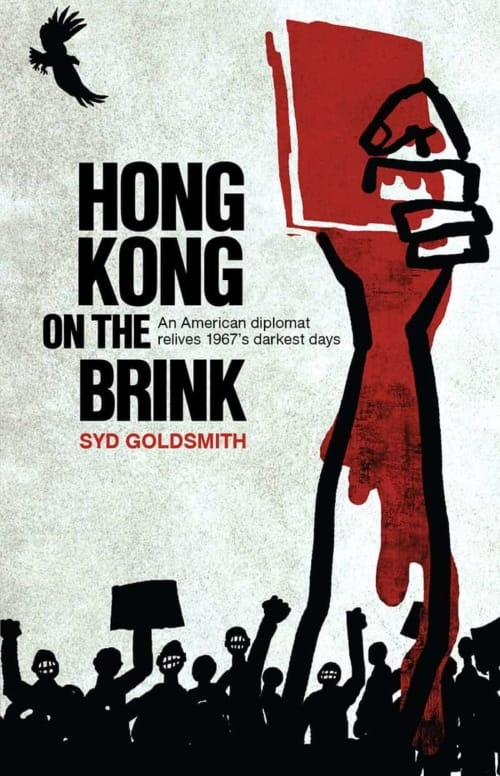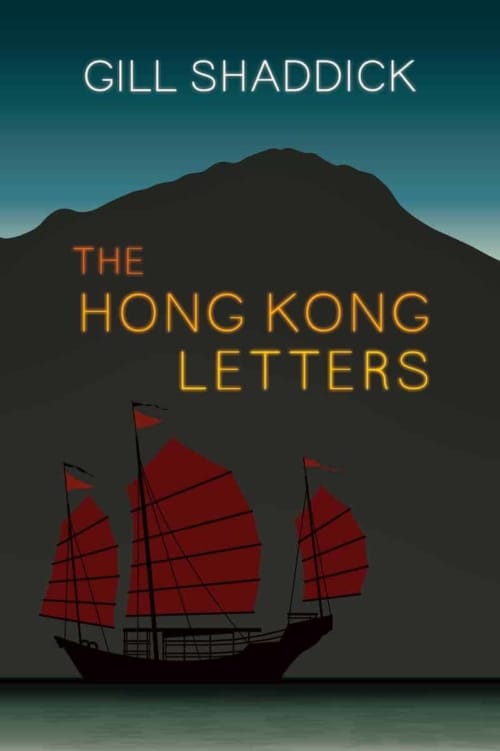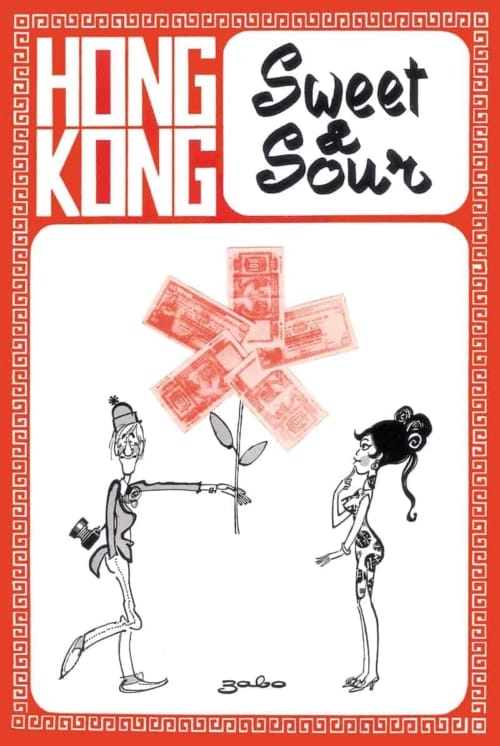(Go to Chinese edition)
Duncan Leung was introduced to Wing Chun Kung Fu by his childhood friend, famed screen star Bruce Lee. At the age of 13, after the ritual of ‘three kneels, nine kowtows’ in the traditional Sifu worship ceremony, he became the formal disciple of sixth-generation Wing Chun master Yip Man. Between 1955 and 1959 he studied with his Sifu at home, where Yip taught him how to apply Wing Chun to actual fighting. Leung trained six hours a day, seven days a week for four years, and used this knowledge fighting in the streets and martial arts studios of Hong Kong.
In 1964 Leung befriended an old man who taught him rare secrets of close fighting, including the art of disarming a knife-wielding opponent, and silencing an opponent barehanded. When he opened his Wing Chun studio in New York City in 1974, he was challenged by martial art practitioners of every school but remained undefeated. Since moving to Virginia Beach in 1976, he has taught US Navy SEALs, members of the FBI, and various SWAT teams.
In 2002 he accepted perhaps the greatest challenge of his life: to train six Chinese teenagers to become world-class professional fighters within two years. To this end, he returned to China to accomplish what many considered an impossible mission.
Look inside this book
Click on the following links to view sample pages from Wing Chun Warrior. You will need a pdf reader to view these excerpts.
